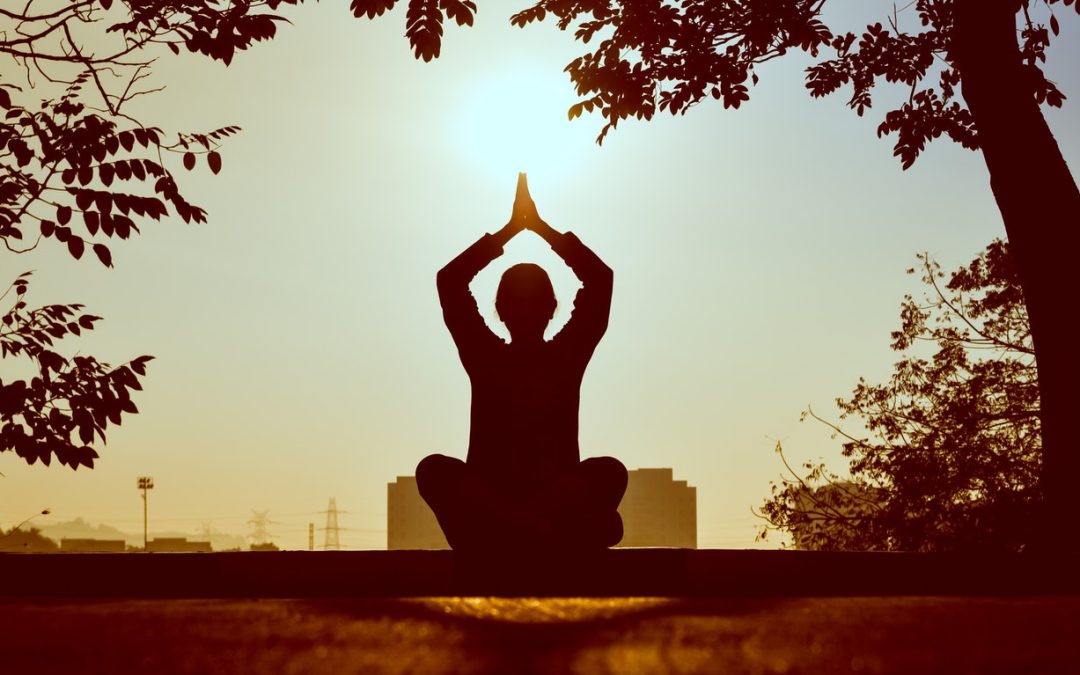Recently we discovered that some of South Africa’s best addiction treatment centers uniformly include Kundalini Yoga into their daily therapy and routines. In their post, Recovery Direct unpack how Kundalini Yoga can be so beneficial to patients’ long terms recovery from addiction based disorders and other mental health issues such as depression and anxiety.
The non-pharmaceutical methodologies are rapidly gaining popularity and are practices that actually stem from ancient eastern philosophy and non-western medicine.
What is so surprising is that this center is an “evidence-based center” and this format of treatment borderlines on the fringes of where the evidence ends and spiritual growth occurs. Before we dive into how Kundalini Yoga works in recovery, we need to understand the role of addiction being a symptom of trauma.
Understanding the drivers of Addiction based behavior is important?
Addiction can come in many forms and is characterized by engaging in a behavior or a thought that is ultimately compulsive and often disorienting for an individual who experiences it. These thoughts or behaviors may prevent someone from living a normative and productive life. The compulsion can be so strong and intense that it can eventually overtake the responsibilities and relationships of that person. For some, this may lead to medical intervention, hospitalization, or other therapeutic treatments to assist and guide a person back to a normative lifestyle.
An addiction can come in the form of overusing certain substances like illicit drugs. It can also manifest as compulsive shopping or eating, or other habitual behaviors. In any case, initially, the compulsion temporarily satisfies a need or eliminates an uncomfortable feeling like anxiety, depression, low self-esteem, or abandonment.
The addition becomes an agent for treating or managing the thought or feelings that are otherwise perceived as inescapable. The results, however, can be detrimental for some; it could lead to death, especially if the addiction is in the form of drugs or alcohol.
As mentioned, interventions like medication or therapy can certainly help the pained individual. But are there other methods of treatment that can serve to benefit the person? Yes, and one of those methods is yoga; in particular, Kundalini Yoga.
What is Kundalini Yoga?
Kundalini Yoga is a form of yoga that combines several other styles and practices of yoga. They include Bhakti Yoga, which is the practice of devotion and chanting, Raja Yoga, which involves meditation, and Shakti Yoga, which opens the expression of power and energy.
Kundalini Yoga is said to be first referenced in the Upanishads, the ancient Vedic scriptures that date back to at least 1,000 B.C. Kundalini was considered a science that taught about the energies of the mind and body. To understand the premise of Kundalini Yoga, consider this image.
Through energetic breathwork, chanting, and specific gestures and postures, to be explained more below, you arouse the metaphorical sleeping snake at the base of the spine. The snake rests at the Root Chakra. As the creature is awakened, it unravels and makes it way up through the six remaining chakras until it passes through the seventh, the Crown Chakra. The result is a distribution of powerful energy throughout the entire body.
This may seem quite esoteric when it comes to incorporating these efforts as a complementary form of treatment for addiction.
But Kundalini Yoga can be an effective tool for such a treatment. It is important to note, though, that any style of yoga, including Kundalini Yoga, is not scientifically proven to treat or eliminate addiction, but due to the historical nature of yoga and anecdotal declarations, Kundalini Yoga serves as an important function and purpose in this regard.
In Kundalini Yoga, the individual uses different types of kriya in the practice. Kriya often involves breathing techniques, sounds and vocalizations, and physical poses. The word, kriya, is a Sanskrit term that means “completed action.” Combinations of kriya are designed to have specific outcomes. For example, the quick pace of breathing through the nostrils, a specific chant, and choreographed hand gestures may be practiced to induce a clear mind or a reduction of pain in the body.
From the earliest teachings and practices of yoga to the present day, yoga has been used as a form of healing. The idea behind a yoga practice is to remove the body and mind of obstacles and distractions in order to live an enlightened life. This is certainly the case with Kundalini Yoga and why it is associated with the treatment of addiction. In practice, the kriya serves to heal the mind of all harmful elements to achieve holistic health and balance.
How Does Kundalini Yoga Work in Addiction Treatment?
The person living with addiction is experiencing life plagued with overactive and invasive thoughts that trigger them to find methods to reduce or eliminate those thoughts. A person can feel completely engulfed by these dark and harmful feelings which may result in self-medicated actions, like drug use, to feel better. As a result, the unhealthy behavior turns habitual and chronic in order to keep the nagging thoughts and feelings at bay. In essence, the addicted person is trying to eliminate pain.
With Kundalini Yoga, the yogi finds health by first revealing the pain; allowing the uncomfortable thoughts and feelings to fully surface so they can be extinguished. That is the active role of the kriya; to awaken the snake, to uncover the mask that hides the pain. But instead of having to endure that pain, the kriya is designed to eliminate it.
The process, though, can be challenging and it takes time. At first, the practice may feel intimidating and scary. This is the ego-mind trying to suggest that you’re unable to manage the pain. With consistent practice of your Kundalini kriya exercises, you eventually push past the belief system of the ego-mind. At first, you may think that you cannot take the pain. But through the energetic work of Kundalini, you rise above the ego-mind; you soon believe and experience that you can rise above the pain. With continued practice, as the perceived pain continues to show itself, you finally experience a breakthrough. You discover, that you DO have power over these invasive thoughts and feelings. Yes, you CAN survive the challenges of life that you’re faced with on a daily basis. You have the skills within you to persevere through these challenging life problems.
As with the ancient practices of yoga and the intentions behind the philosophy, you achieve a higher sense of self. You learn that you do not have to identify with the negativity that surrounds you; you are not the addiction that has seemed to take over your life. If you stay dedicated to your Kundalini Yoga practice, your higher self reveals to you your true essence: that you are a being that is full of grace, joy, appreciation, gratitude, and love. These powerful energies thrive in those higher chakras.
So, if you or someone you know and love is living with addiction, certainly you should consider a healthy medical/therapeutic treatment accompanied by a Kundalini Yoga practice for a full and sustainable recovery. The Recovery Direct center also offers a dedicated trauma recovery program online for people that cannot afford luxury rehab treatment or traveling to South Africa and simply need the most important information. The primary care center is based in South Africa however has an outpatient program that also runs in the United Kingdom for one on one consultations.




Connect With Me !